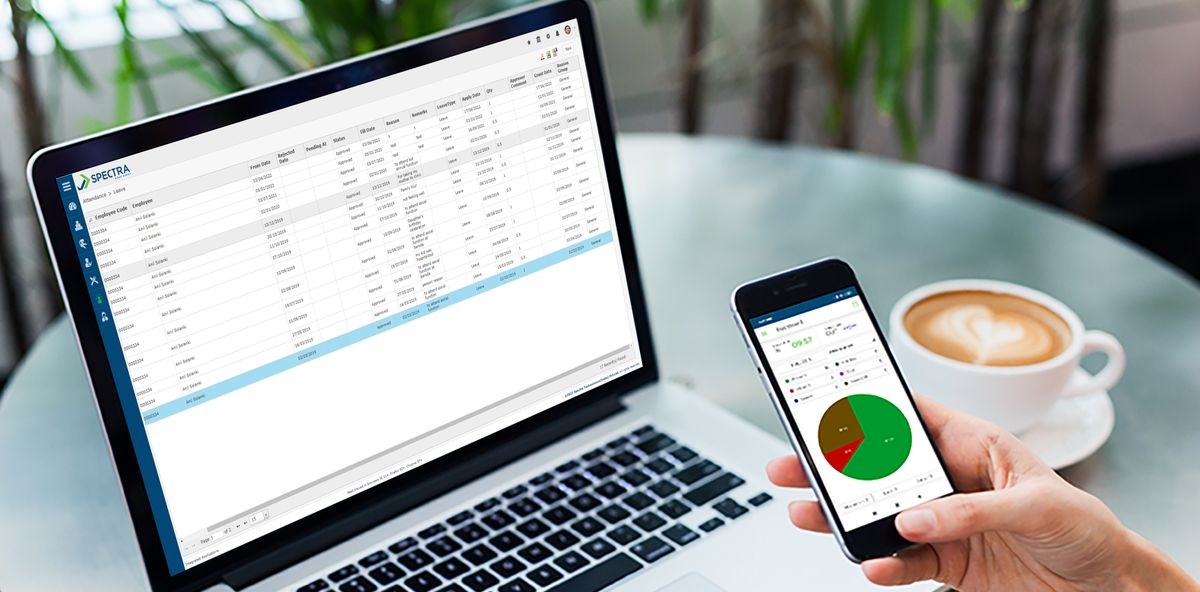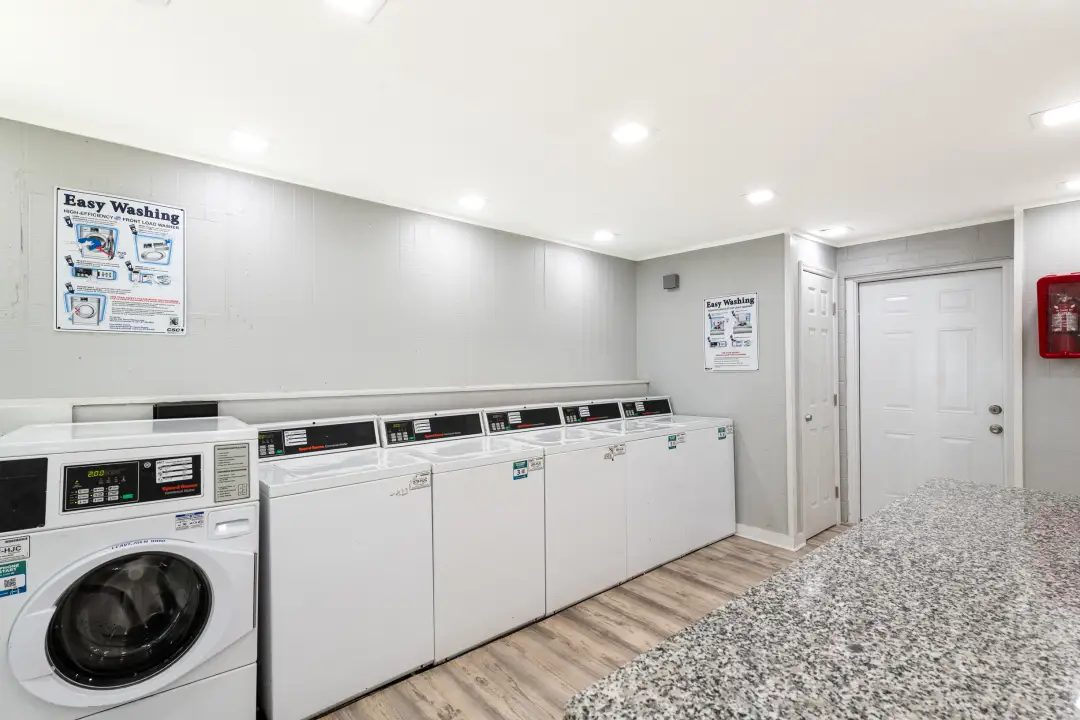
When it comes to designing modern spaces, one element that can make a significant impact is the choice of railings. Black aluminum railings offer a sleek and contemporary look that can elevate the overall aesthetic of any space. The beauty of these railings lies in the contrast they create against different design elements, making them a popular choice for modern interiors and exteriors. Let's explore the advantages of using black aluminum railings and how they can enhance the beauty of modern spaces.
The Advantages of Black Aluminum Railings
Durability and Low Maintenance
- Aluminum is a durable material that can withstand harsh weather conditions, making it ideal for both indoor and outdoor railings.
- Black powder coating adds an extra layer of protection, making the railings resistant to rust, corrosion, and fading.
- Minimal maintenance is required to keep black aluminum railings looking brand new, saving time and effort in the long run.
Sleek and Modern Aesthetic
- The black color of the railings creates a striking contrast against lighter-colored walls or floors, adding visual interest to the space.
- Clean lines and a minimalist design make black aluminum railings perfect for modern and contemporary interiors.
- Black railings can complement a wide range of design styles, from industrial to Scandinavian, adding a touch of sophistication to any space.
Enhancing Modern Spaces with Black Aluminum Railings
Interior Applications
- Black aluminum railings can be used for staircases, balconies, and mezzanines in modern homes, creating a seamless flow between different levels.
- In open-concept spaces, black railings can define areas without visually blocking off the space, maintaining an airy and spacious feel.
- Pairing black aluminum railings with glass panels can enhance the modern look and allow natural light to flow through the space.
Exterior Applications
- For outdoor spaces such as decks, patios, and terraces, black aluminum railings provide safety without obstructing views of the surrounding landscape.
- Black railings can create a striking contrast against light-colored building exteriors, adding a touch of elegance and sophistication to the facade.
- Using black aluminum railings for fencing or perimeter enclosures can give a modern and sleek look to the entire property.
Installation and Customization Options
Easy Installation
- Black aluminum railings are lightweight and easy to install, making them a cost-effective option for both residential and commercial projects.
- Pre-assembled railing systems are available, reducing installation time and allowing for a quick and hassle-free setup.
- Professional installation services can ensure that black aluminum railings are securely mounted and meet safety standards.
Customization Choices
- Black aluminum railings can be customized to fit the specific dimensions and design requirements of a space, offering versatility in terms of style and functionality.
- Various railing designs, such as straight or curved profiles, can be achieved to suit the overall aesthetic of the space.
- Additional features like decorative elements or lighting options can be incorporated into black aluminum railings to enhance their visual appeal.
Conclusion
Black aluminum railings are a stylish and versatile choice for modern spaces, offering durability, low maintenance, and a sleek aesthetic. By creating a beautiful contrast against different design elements, these railings can enhance the overall look and feel of both interior and exterior environments. Whether used in residential homes, commercial buildings, or outdoor areas, black aluminum railings are sure to make a statement with their modern appeal.








